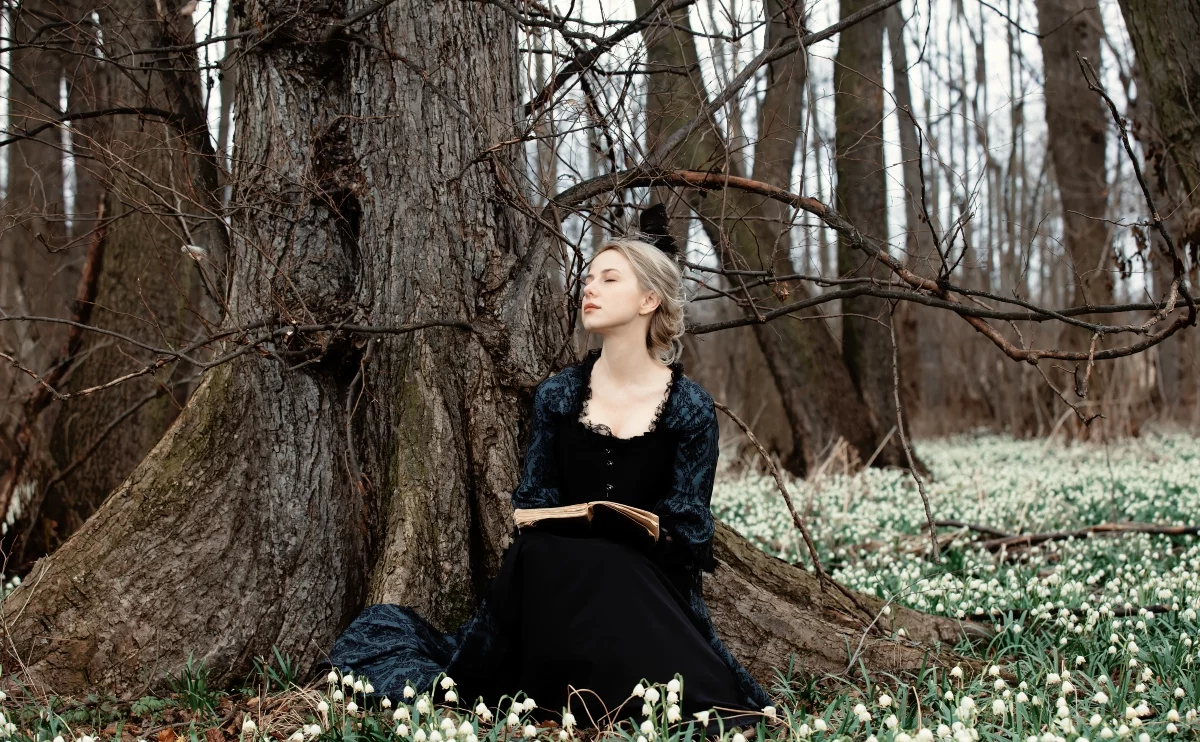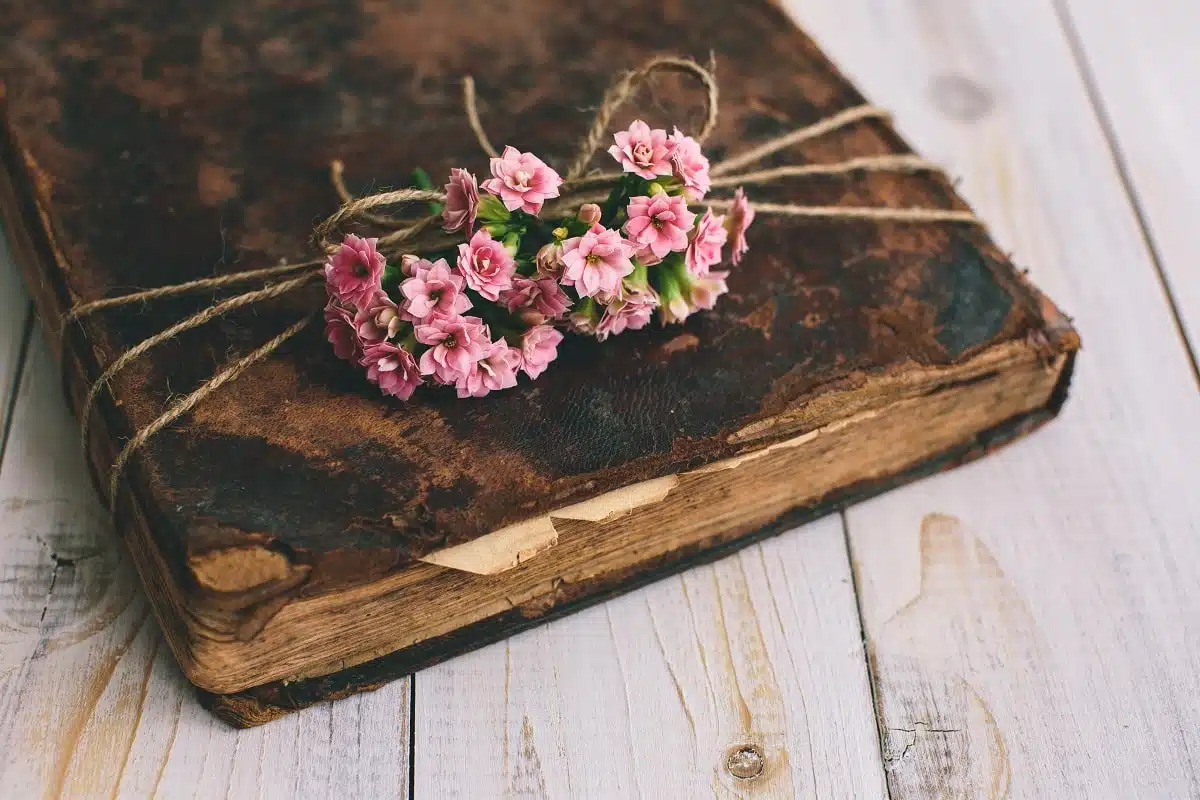Here’s what the Cywydd Llosgyrnog poetry form is:
Cywydd llosgyrnog is a stanzaic verse form utilizing sixains (six-line stanzas) and is one of the 24 codified Welsh meters.
The form has a heavy emphasis on rhyme and cross-rhyme, with comfortable line lengths that the majority of writers should be able to work with easily.
So if you want to learn all about the Cywydd Llosgyrnog poetry type, then you’ve come to the right place.
Let’s jump right into it!

Forms of Poetry: Cywydd Llosgyrnog

The cywydd llosgyrnog is one of the 24 codified Welsh meters.
It’s based on sixains (six-line stanzas) utilizing end rhymes and cross-rhymes as the most notable techniques.
A poem written in cywydd llosgyrnog can be longer than six lines as long as each verse is a sixain following the expected rules of the form.
You should bear in mind that while they are referred to as the “Welsh meters” these forms actually do not employ meter in the sense of stressed and unstressed syllables.
In this case, the word ‘meter’ is referring more to the stanzas themselves, which are treated as building blocks that longer poems can be made up of.
Basic Properties of Cywydd Llosgyrnog

| Rhyme Structure | Strict |
| Meter | Unmetered |
| Origin | Welsh |
| Popularity | Generally restricted to traditional Welsh verse |
| Theme | Varies |
How Is Cywydd Llosgyrnog Structured?

A cywydd llosgyrnog is comprised entirely of sixains.
This is noteworthy since Welsh poetry is known more for its quatrains and couplets than its sixains, but there is some speculation that the form may be an adaptation of a Latin hymn form, which may explain some of its unusual qualities.
The syllable counts for the lines are 8/8/7/8/8/7.
This effectively splits the sixains into two separate tercet units, with the rhyme scheme furthering this division.
The first tercet and second tercet are united by the third and sixth lines, which rhyme with each other.
The first two lines of each tercet are rhymed with each other but not with the matching lines from the other tercet.
In practice, this creates a rhyme scheme of AABCCB.
This is further complicated by the inclusion of a cross-rhyme between the second and third line of each tercet, in which the last end sound of the second line is repeated internally on the third line.
Simplifying all of this into a diagram would look like this, in which ‘x’ represents an unrhymed syllable:
xxxxxxxA
xxxxxxxA
xxxAxxB
xxxxxxxC
xxxxxxxC
xxxCxxB
Note that the internal rhymes on the third and sixth line can shift around.
They do tend to be toward the middle of the stanza, but the third syllable is probably the most popular placement in practice.
Welsh poetry has an intense focus on sound as a general rule, so any and all chances to employ alliteration should be taken advantage of whenever possible.
This is not necessarily a hard rule, but it will be more in the spirit of the genre.
Example of Cywydd Llosgyrnog

Watching the Mushrooms
Humble mushrooms grow great and small,
sometimes supple and sometimes tall.
From my wall, I watch them go,
wondering how they taste sometimes.
I bet they’re secretly sublime.
I can’t climb, so I don’t know.
The above poem takes on the basic properties of a cywydd llosgyrnog, in this case only being a single verse.
The syllable counts and rhyme scheme will inevitably be the same across all examples of the form, as they’re hard requirements.
This particular poem utilizes a mid-line pause in every third line, represented by a comma.
This makes it easier to organize the poem visually.
A quick analysis will reveal that the syllables immediately preceding the commas contain the cross-rhymes for the poem.
The comma also divides up those lines into clauses of three and four lines, drawing more attention to the shorter lines.
One noteworthy benefit of including a pause like this is that it masks the asymmetry of the poem.
You could instead choose to lean into the imbalance, but if you read this example out loud you’ll find that the commas create just enough space to make the shorter seven-syllable lines sound like they fit in harmoniously with the eight-syllable lines.
Some alliteration is used throughout the poem.
“Grow great.” “Sometimes supple.” “Secretly sublime.”
This assists in maintaining the Welsh ideal of ‘harmony of sound.’
Since Welsh poetry comes from a rich history of oral delivery, it’s important to try to reflect this expectation when you can.
Tips for Writing a Cywydd Llosgyrnog

Cywydd llosgyrnog translates fairly well to English poetry.
The most unusual elements are probably the cross-rhymes found on the third and sixth lines, but they’re not too troublesome once you get used to them.
It is advisable that you try to keep your rhymes relatively simple, since the first and third rhyme sounds will be utilized three times each.
You’ll want to choose words that are easy for you to rhyme, such as short words, words ending in vowels, or words ending in common suffixes.
The more experienced with poetry you are, the more rhyming will feel like it comes naturally.
One fantastic property of the cywydd llosgyrnog form is its length, both by line and by verse.
Seven and eight-syllable lines are fairly spacious, relatively speaking, and provide just enough wiggle room to set up the next end sound comfortably without compromising on the content of each line.
Similarly, six lines is a solid length for a verse in most poems.
This is a tangible, meaty length that should be sufficient to complete the majority of thoughts.
As a result, you should be able to write on most any topic with relative ease.
Remember that the form can be expanded by adding more sixains, should you need additional space in the final poem.
A cywydd llosgyrnog is a good intermediate level form for those seeking to expand their horizons.
It isn’t as technically demanding as the most brutal Celtic forms, but it also feels more substantial and weighty than some of the simpler meters.
Poets ranging from amateur level to professional level should find this form to be a productive exercise and experience.
Poet’s Note

Insert joke about how hard the form is to pronounce here.
Seriously though, what in the world is a llosgyrnog?
Is it a type of alien that looks like a pig with seven trunks? A lost language in which the dark magics are recited?
Nope. Just part of a poem’s name.
Sure, why not.
Legend has it that if you say “llosgyrnog” three times in front of a dimly lit mirror, the spirit of a disgruntled Welsh scholar appears to criticize your pronunciation.
Comprehensive Collection of Poetry Forms: Craft Words Into Art

Dare to traverse the entire spectrum of poetic forms, from the commonplace to the extraordinary?
Venture from the quintessential Sonnet to the elusive Mistress Bradstreet stanza, right through to the daunting complexity of Cro Cumaisc Etir Casbairdni Ocus Lethrannaigecht.
For those with a zeal to encounter the full breadth of poetry’s forms, this invitation is yours.
Start exploring the vast universe of poetic ingenuity with our comprehensive array of poetry forms right now!
